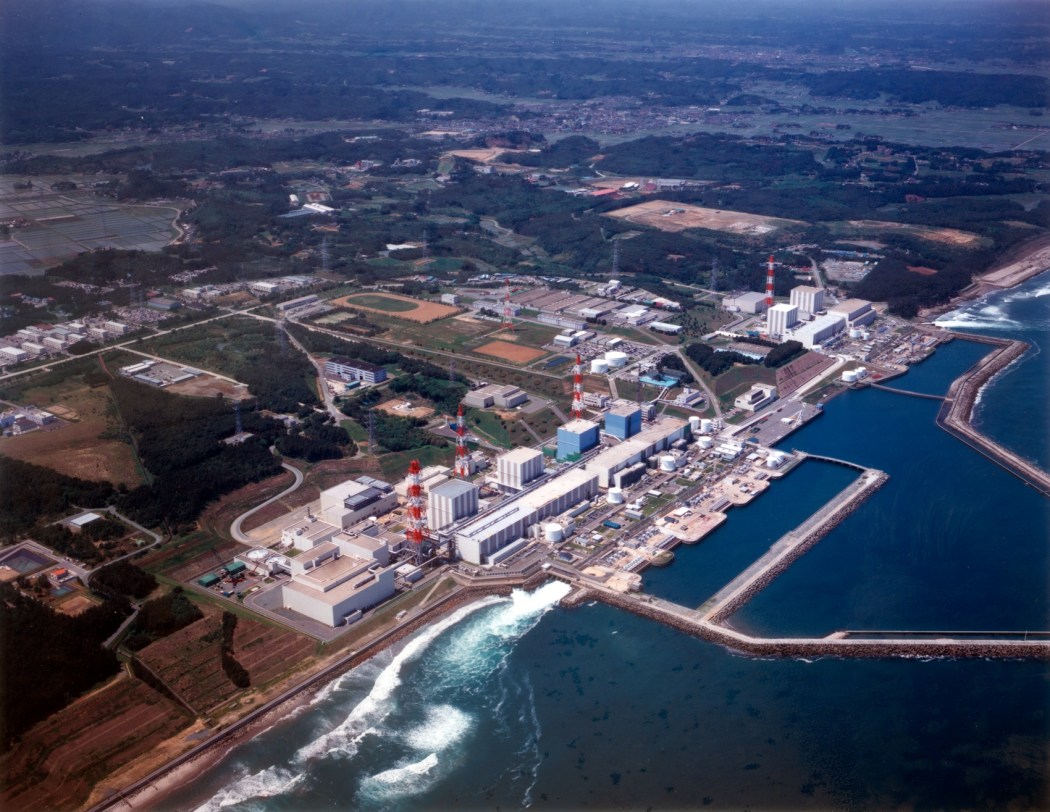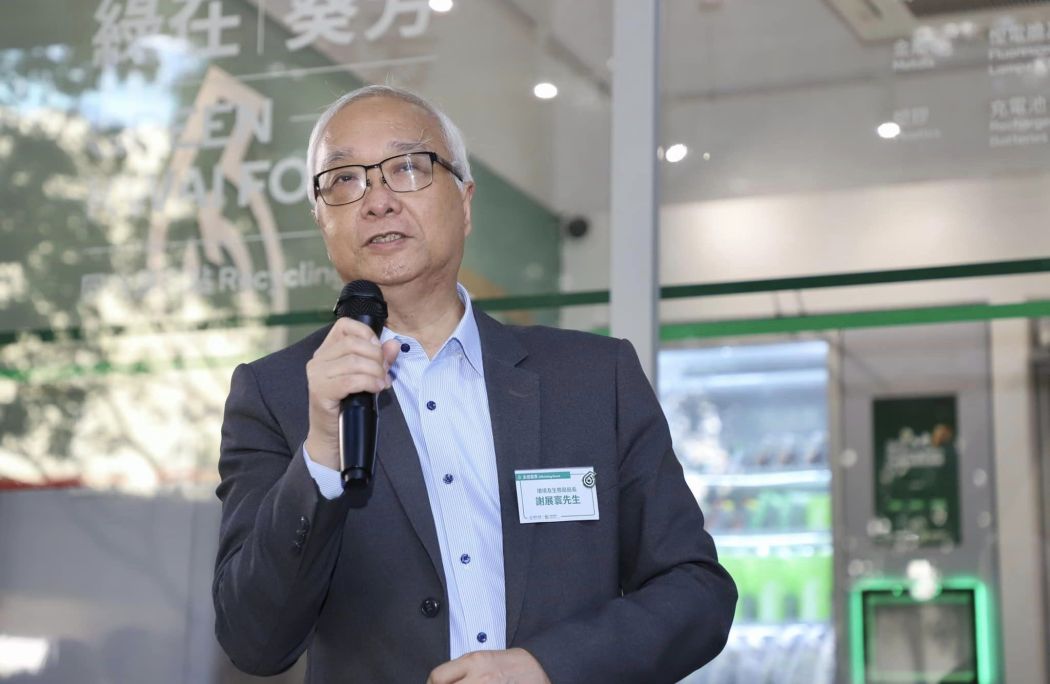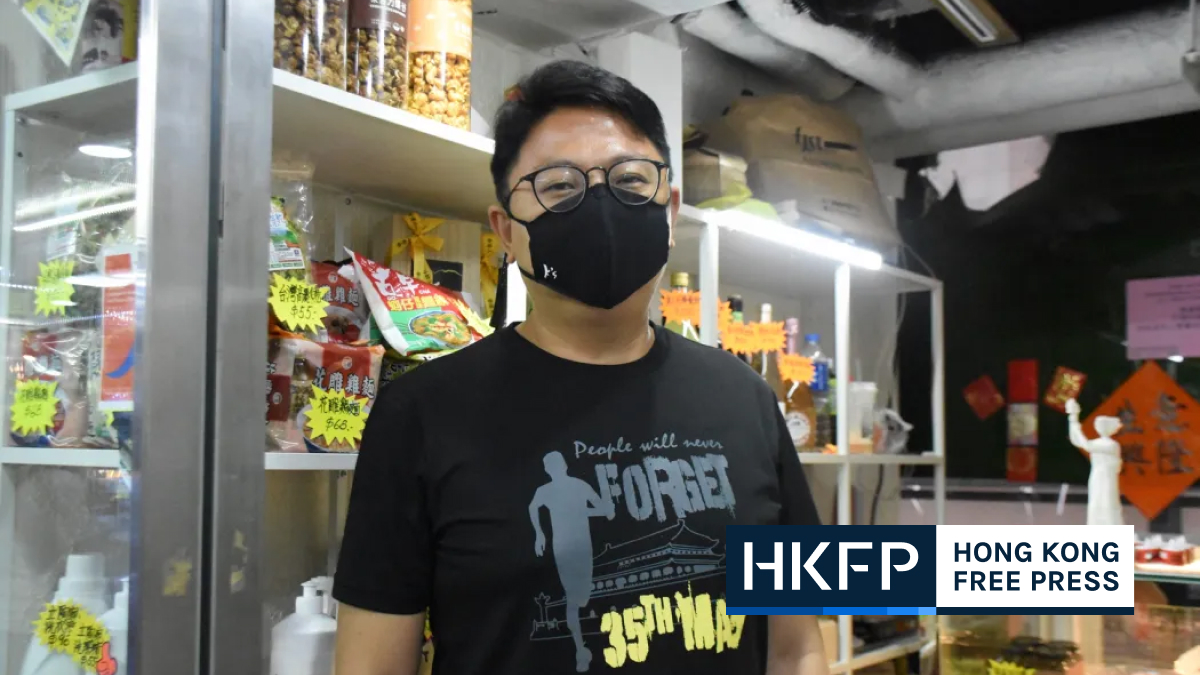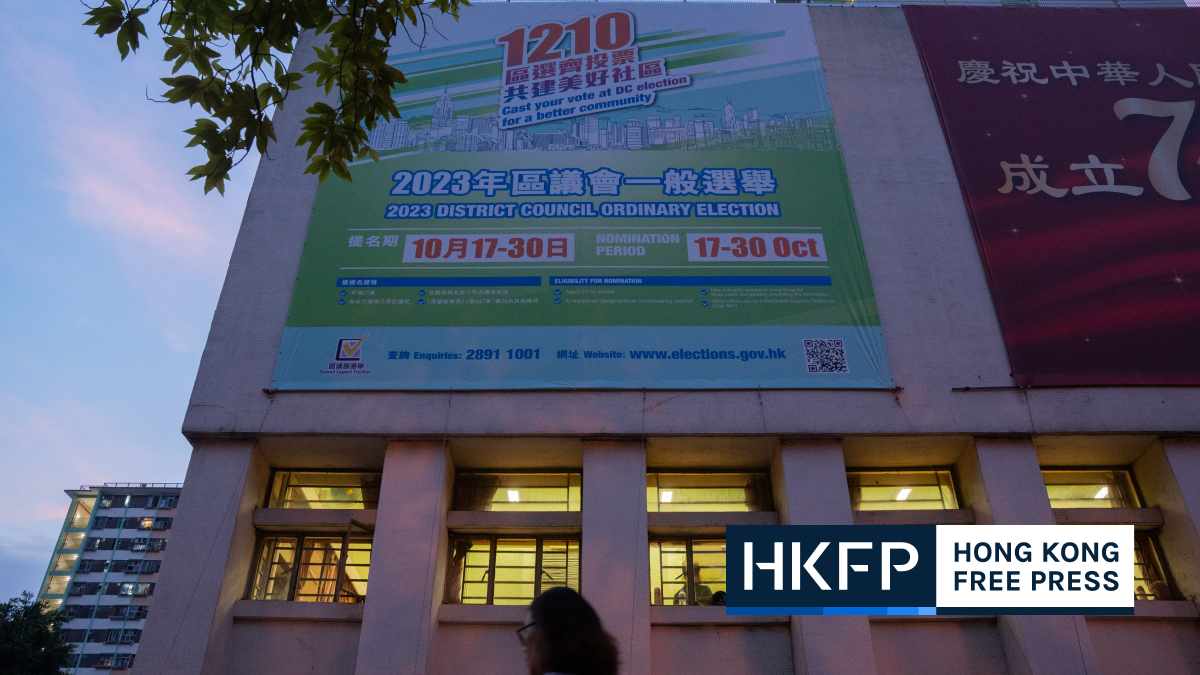Hong Kong authorities have confiscated batches of Japanese seafood that were suspected of being imported from areas near Fukushima, following an indefinite ban on aquatic products from parts of Japan two months ago.

The Centre for Food Safety (CFS) said in a statement on Monday that it discovered a pack of chilled scallops suspected to have been harvested and manufactured in Miyagi Prefecture, and two seaweed products suspected to have been processed in Tokyo and Ibaraki Prefecture, while inspecting Japanese imports.
The CFS, which is under the Food and Environmental Hygiene Department, said it would continue to investigate and inform Japanese authorities of the suspected breaches.
“Prosecution will be instituted against the importers concerned should there be sufficient evidence,” a spokesperson for the CFS said in the English statement.
Hong Kong implemented an import ban on seafood from 10 Japanese prefectures in late August, after Japan began releasing treated wastewater from a nuclear plant in Fukushima that was damaged by an earthquake-triggered tsunami in 2011.

The restrictions, which bar all aquatic products “harvested, manufactured, processed, or packed” in Tokyo, Fukushima, Chiba, Tochigi, Ibaraki, Gunma, Miyagi, Niigata, Nagano, and Saitama, expanded on existing limitations introduced after the tsunami.
Authorities now conduct radiation inspections on all Japanese seafood imports every day.
Tse Chin-wan, Secretary for Environment and Ecology, told lawmakers at a meeting last Tuesday that the city had invested nearly HK$10 million on the radiation checks thus far, including HK$6 million for radiation inspection equipment and HK$3.8 million on manpower.

Earlier this month, Tse also said that the city had no plans to lift the import bans in the immediate future.
The United Nations’ nuclear watchdog said in July that Japan’s move was in line with international standards, while the plant operator also said the radioactivity levels of samples were well within safe limits.
‘Satisfactory results’
Japan began its second phase of releasing the treated wastewater in early October, which will continue until next Monday.
As of Monday, CFS has tested the radiation level of 8,747 Japanese food import samples since August 24, when Japan began discharging the wastewater. All inspections have returned “satisfactory results.”

In the same period, the Agriculture, Fisheries and Conservation Department tested 2,606 samples from local fish culture zones and wholesale markets. All testing results were “satisfactory,” the department said.
The Hong Kong Observatory has also increased the frequency of monitoring water radiation levels since July 2023. As of Monday, no anomaly has been detected.
Support HKFP | Policies & Ethics | Error/typo? | Contact Us | Newsletter | Transparency & Annual Report | Apps
Help safeguard press freedom & keep HKFP free for all readers by supporting our team

LATEST FROM HKFP
HKFP has an impartial stance, transparent funding, and balanced coverage guided by an Ethics Code and Corrections Policy.
Support press freedom & help us surpass 1,000 monthly Patrons: 100% independent, governed by an ethics code & not-for-profit.







